Camera Upgrade - Choices
Derek Smith • 18 May 2020

Camera Upgrade – Choices
So, I would suggest that the first choice that you need to make is DSLR, or a mirrorless camera.
A DSLR as you know has the mirror that swings out of the way to expose the shutter and take the photo. The viewfinder is an optical device essentially looking through a prism and out through the lens, that’s why the viewfinder goes dark as you stop the shutter down, and there’s a preview button to open the aperture so that you see your subject. Focusing, the phase detect array (PADF) sits below the mirror and gives the focus accuracy, occasionally the PDAF array does not align the focus correctly and the camera and lens have to be sent away for recalibration. On the sensor are the contrast detect focus points (CDAF), if you switch to “Live View” the mirror swings out of the way, and the image is now displayed on the rear screen, (as all mirrorless cameras do) and the focusing is by way of CDAF rather than via the more accurate PDAF. This all comes into play when taking a portrait, in a studio, setting up for using flash I’m used to switching to Manual mode, setting the aperture f/2 as an example, and ISO fixed at 100, then increasing the shutter speed until the rear screen goes dark, then adjust the flash until the lighting on the subject is the correct exposure. With a DSLR, you have 2 choices with this situation, either take the shot, and see if the exposure is dark enough, or switch to “Live View”, and use a different focusing system. Wildlife photographers will not be concerned by this as “Live View” is very rarely used, but for macro photography, and portraiture this may be a consideration.
With mirrorless cameras the PDAF, and CDAF sites are on the sensor, in the case of the latest Sony A6xxx APS-C cameras 425 hybrid (combination of CDAF / PDAF) focus points. The viewfinder, and rear screen are essentially TV screens, whichever you look through is exactly what the photo will turn out like, the focusing is quicker, and more accurate. Internally the mirrorless camera loses the mechanism to move the mirror, and the glass prism, making the cameras simpler, lighter, and more reliable (no need for focus calibration), the downside is poor battery life to power the 2 TV screens.
For action, sports, and wildlife photography the DSLR was always the first choice, nowadays mirrorless cameras are more advanced with high shutter speeds, high continuous frame rates, and accurate PDAF subject tracking.
The second choice is between a full frame, or a crop sensor camera.
There is a lot of info, and debate on YouTube regarding sensor size, and I wrote a blog on this a couple of weeks ago.
Once you have made those fundamental choices, you will be able to narrow the choice then to specific manufacturers, and camera models.
I honestly do not think any manufacturer produces a “bad” camera anymore, so in the end the choice of camera body should be decided by features, and budget.
Full frame DSLR listing:
Nikon D850 £2500
Nikon D780 £2100
Nikon D750 £1100
Canon EOS 5D IV £2600
Canon EOS 6D II £1300
Canon EOS 90D £1100
Nikon D7500 £900
Canon EOS 250D £500
Full frame mirrorless models:
Nikon Z6 £1600
Sony A7 III £1700
Canon EOS RP £1400
Canon EOS R £2000
Crop sensor mirrorless models:
Nikon Z50 £850
Fujifilm X-T30 £700
Olympus OM-D E-M5 III £950
Fujifilm X-T3 £900
Sony A6100 £700
Panasonic G9 £1100
Sony A6600 £1400
These are just a few suggestions of camera models, once a short list has been made, I would advise that the next area to research is the lens choice for the short-listed models. The Nikon Z mount, and Canon R mount mirrorless cameras are new additions to the respective manufacturer’s product lines, and therefore have fewer lens options at the present time, whereas both manufacturers have a good selection of lenses for DSLR cameras. For mirrorless cameras Sony, Fujifilm, Olympus, and Panasonic all have an extensive range of lens choice, with renowned third party lens manufacturers since as Sigma, and Tamron producing quality lenses, some lenses will also be available on the second hand market further reducing costs.
As an example, personally I like a standard zoom lens with a constant aperture usually in the full frame range of 24 – 70mm. Tamron produce an excellent 28-75mm f/2.8 for the Sony A7 camera. Fujifilm have a new 16-80 f/4 lens (24-120mm equivalent) Sony produce an excellent 18-105mm f/4 for the A6000 range of APS-C crop sensor cameras, and Olympus have a constant f/2.8 12-40mm (24-80mm equivalent) lens in the “PRO” range of lenses. Nikon have recently announced a 24-70 f/2.8 lens, which has very good reviews, however it’s a pricey £1600, compare that with the Tamron (Sony FE) at £650, the Fuji at £700, the Sony 18-105mm at £420, Olympus 12-40mm at £850, and you begin to see why the choice of lens is so important.
Factor in any other lenses, a good 50mm prime, a telephoto, and perhaps a macro lens to give an idea of the budget required to upgrade.
Read camera, and lens reviews, ideally try the camera out usually in a camera shop, but that is not possible now, so maybe ask someone who owns that specific brand of camera. Look out for deals, many camera manufacturers are struggling financially this year especially. Sony often offer cashback deals; Canon have offered a twin lens starter pack in the past.
Hopefully, this article will provide some help in making difficult choices.
Article, and photo: Derek Smith
So, I would suggest that the first choice that you need to make is DSLR, or a mirrorless camera.
A DSLR as you know has the mirror that swings out of the way to expose the shutter and take the photo. The viewfinder is an optical device essentially looking through a prism and out through the lens, that’s why the viewfinder goes dark as you stop the shutter down, and there’s a preview button to open the aperture so that you see your subject. Focusing, the phase detect array (PADF) sits below the mirror and gives the focus accuracy, occasionally the PDAF array does not align the focus correctly and the camera and lens have to be sent away for recalibration. On the sensor are the contrast detect focus points (CDAF), if you switch to “Live View” the mirror swings out of the way, and the image is now displayed on the rear screen, (as all mirrorless cameras do) and the focusing is by way of CDAF rather than via the more accurate PDAF. This all comes into play when taking a portrait, in a studio, setting up for using flash I’m used to switching to Manual mode, setting the aperture f/2 as an example, and ISO fixed at 100, then increasing the shutter speed until the rear screen goes dark, then adjust the flash until the lighting on the subject is the correct exposure. With a DSLR, you have 2 choices with this situation, either take the shot, and see if the exposure is dark enough, or switch to “Live View”, and use a different focusing system. Wildlife photographers will not be concerned by this as “Live View” is very rarely used, but for macro photography, and portraiture this may be a consideration.
With mirrorless cameras the PDAF, and CDAF sites are on the sensor, in the case of the latest Sony A6xxx APS-C cameras 425 hybrid (combination of CDAF / PDAF) focus points. The viewfinder, and rear screen are essentially TV screens, whichever you look through is exactly what the photo will turn out like, the focusing is quicker, and more accurate. Internally the mirrorless camera loses the mechanism to move the mirror, and the glass prism, making the cameras simpler, lighter, and more reliable (no need for focus calibration), the downside is poor battery life to power the 2 TV screens.
For action, sports, and wildlife photography the DSLR was always the first choice, nowadays mirrorless cameras are more advanced with high shutter speeds, high continuous frame rates, and accurate PDAF subject tracking.
The second choice is between a full frame, or a crop sensor camera.
There is a lot of info, and debate on YouTube regarding sensor size, and I wrote a blog on this a couple of weeks ago.
Once you have made those fundamental choices, you will be able to narrow the choice then to specific manufacturers, and camera models.
I honestly do not think any manufacturer produces a “bad” camera anymore, so in the end the choice of camera body should be decided by features, and budget.
Full frame DSLR listing:
Nikon D850 £2500
Nikon D780 £2100
Nikon D750 £1100
Canon EOS 5D IV £2600
Canon EOS 6D II £1300
Crop sensor DSLR listing:
Nikon D3500 £450Canon EOS 90D £1100
Nikon D7500 £900
Canon EOS 250D £500
Full frame mirrorless models:
Nikon Z6 £1600
Sony A7 III £1700
Canon EOS RP £1400
Canon EOS R £2000
Crop sensor mirrorless models:
Nikon Z50 £850
Fujifilm X-T30 £700
Olympus OM-D E-M5 III £950
Fujifilm X-T3 £900
Sony A6100 £700
Panasonic G9 £1100
Sony A6600 £1400
These are just a few suggestions of camera models, once a short list has been made, I would advise that the next area to research is the lens choice for the short-listed models. The Nikon Z mount, and Canon R mount mirrorless cameras are new additions to the respective manufacturer’s product lines, and therefore have fewer lens options at the present time, whereas both manufacturers have a good selection of lenses for DSLR cameras. For mirrorless cameras Sony, Fujifilm, Olympus, and Panasonic all have an extensive range of lens choice, with renowned third party lens manufacturers since as Sigma, and Tamron producing quality lenses, some lenses will also be available on the second hand market further reducing costs.
As an example, personally I like a standard zoom lens with a constant aperture usually in the full frame range of 24 – 70mm. Tamron produce an excellent 28-75mm f/2.8 for the Sony A7 camera. Fujifilm have a new 16-80 f/4 lens (24-120mm equivalent) Sony produce an excellent 18-105mm f/4 for the A6000 range of APS-C crop sensor cameras, and Olympus have a constant f/2.8 12-40mm (24-80mm equivalent) lens in the “PRO” range of lenses. Nikon have recently announced a 24-70 f/2.8 lens, which has very good reviews, however it’s a pricey £1600, compare that with the Tamron (Sony FE) at £650, the Fuji at £700, the Sony 18-105mm at £420, Olympus 12-40mm at £850, and you begin to see why the choice of lens is so important.
Factor in any other lenses, a good 50mm prime, a telephoto, and perhaps a macro lens to give an idea of the budget required to upgrade.
Consider also a lower specification camera a Sony A6400, in preference to the A6600, a Fujifilm X-T30, as opposed to the Fujifilm X-T3 (although the X-T3 is due to be replaced by the X-T4, and may be available at a discounted price). An Olympus OM-D E-M5 III, as opposed to the Olympus OM-D E-M1 III.
Dual SD card slots? The Sony A7 III, Fujifilm X-T3, Olympus OM-D E-M1 III
Hopefully, this article will provide some help in making difficult choices.
Article, and photo: Derek Smith
Louth Photographic Society
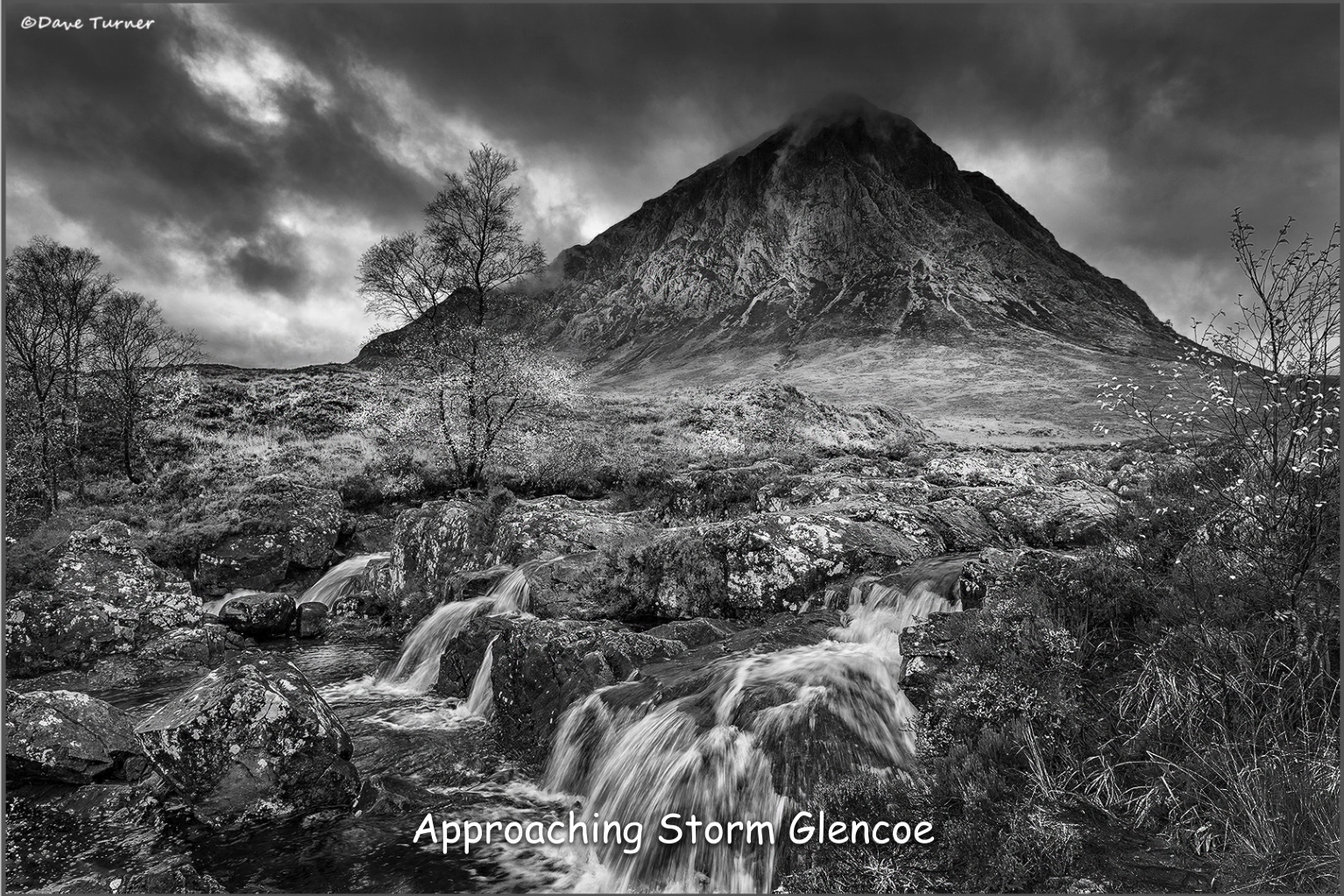
Last night members were treated to a showing of the LPA (Lincolnshire Photographic Association) Mono Group presentation. Three of our members, Dave Turner, Richard Hildred, and Chris Birchmore are members of the LPA Mono Group. Dave Turner excellently presented this showcase of the Mono Groups work, many of the images presented were stunning, and inspirational. A simple photo of a padlock on a gate took on a different dimension when presented in monochrome, and landscape photography becomes dramatic in monochrome, especially with a moody sky. It was a very interesting, and well attended evening. Thank you to Dave Turner for presenting, and Dave Mann for the refreshments.
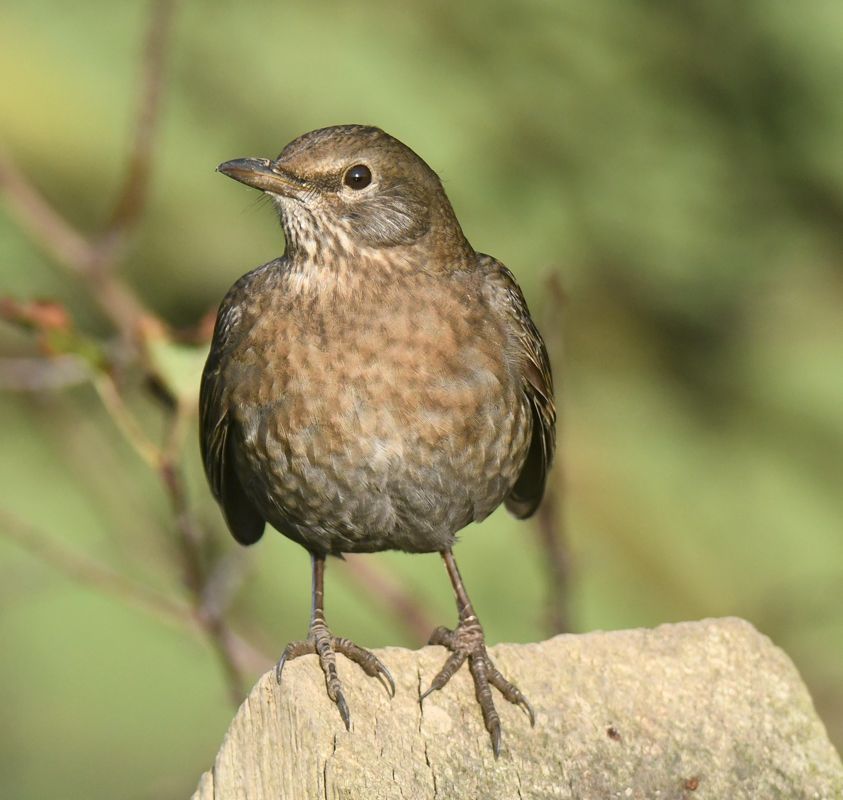
Good Morning All Last week at the club we held a committee meeting, with all committee members in attendance. Harry will once again run the Christmas raffle on our buffet and quiz night, if any member wants to donate a prize, Harry can now accept them, obviously if it's a perishable prize then bringing it in on the night would be better. We are holding a 70th anniversary exhibition next year at the Louth Museum, if any member has local prints that they think may be suitable to put in the exhibition you can bring them to the club any time now. Derek has done a blog on the night with more information. This week, Wednesday 3rd December, we are viewing the LPA mono groups presentation, Dave Turner is a member of the group and will talk us through what the group do and if time allows show us some of his own mono prints. Don't forget to bring your prints along this week for the print competition, with the categories "People" and "Open", to be held the following week, email your titles to Dave Turner in advance please. Regards Graham
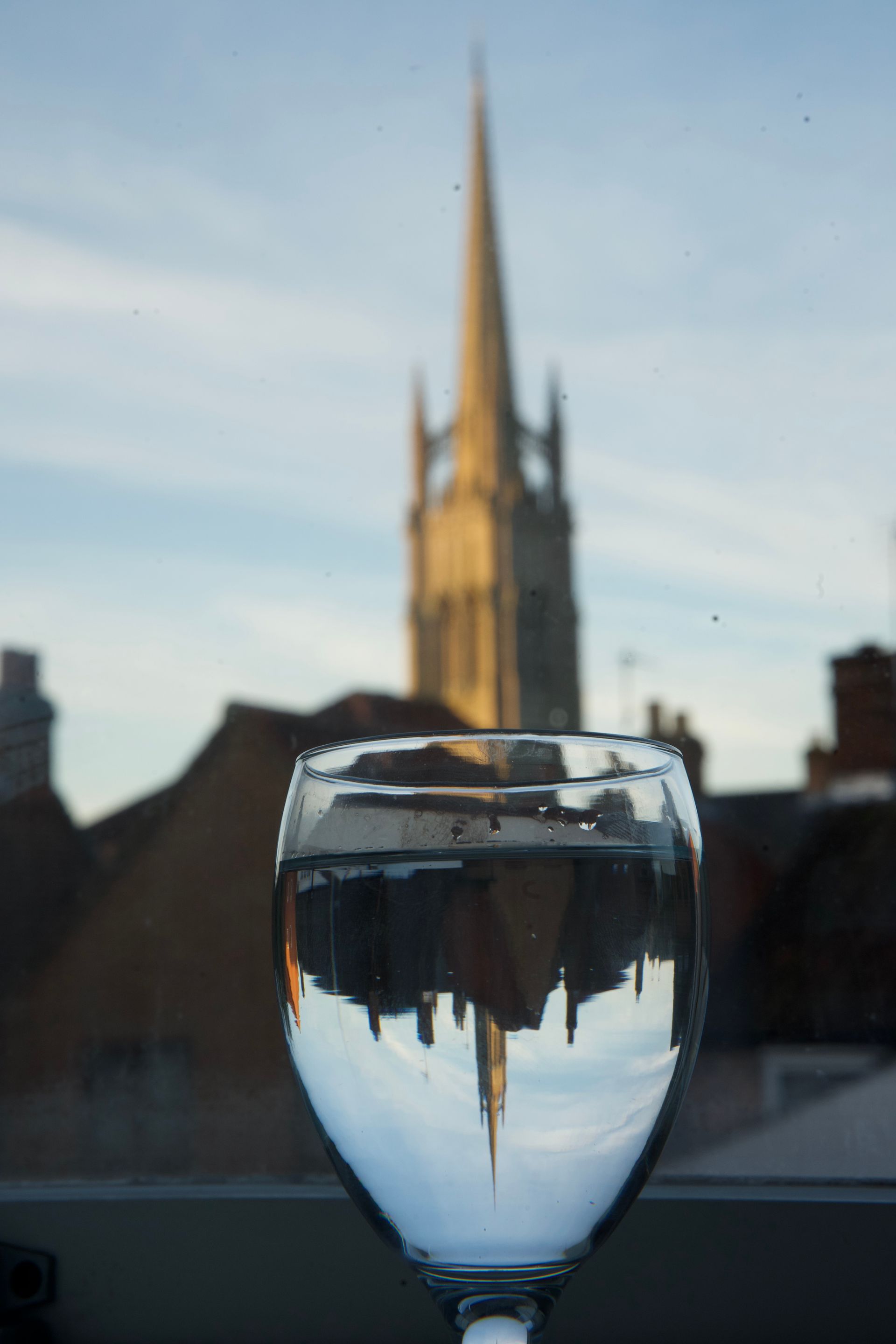
We held a Committee meeting last night in place of a regular meeting. The Committee meets twice a year to discuss items pertinent to effective, and smooth running of our Society. The Society celebrates 70 years of continuous operation next year, and we intend to show an exhibition of photographs taken over those years at the Louth Museum. The LPA Battles print competition will be held next year, and consists of 3 rounds held at photographic clubs throughout Lincolnshire, with a final round held at Nettleham. Louth has been drawn to meet with camera clubs in Grantham, and Axholme, and as you can understand this will entail a far amount of travelling. There is a proposal to the LPA which is currently under consideration which would reduce each club entry to 10 prints and for the whole competition to be held at Nettleham in 2027. Our current annual project is “Prime Time”, that is one photo for each month of the year taken with a fixed focal length lens, a prime lens, my choice for this year has been a 45mm lens, which is a full frame 90mm lens. Members show their annual project photos in the January of the following year. The Committee has decided on the project theme for next year as “Water”, which should give members a chance to demonstrate some creativity, as can be seen from the attached image. Our Christmas social event will be held on the 17th December, a buffet will be provided, there will be a quiz, and a raffle, the door entry charge will be £3 for the evening.

Good Morning All Last week at the club we held our PDI of the year, it was a well-attended event and thanks to Harry's organisation skills it all ran very well. Congratulations go to all the subject winners: Pictorial, Harry Kerman, Record, Dave Evans, Portrait, Derek Smith, Photojournalism, David Evans, Landscape, Dave Turner and Natural History, Graham Harrison. The overall winner was Harry Kerman. Well done Harry a great photograph of a White Cosmos. All the top three in each subject are on our website Competition page. Don't forget if you are entering the December print competition, with the categories of "People" and "Open" send your titles to Dave Turner please. The prints need bringing in a week on Wednesday. This week, Wednesday 26th November, we are holding a committee meeting, committee members only for this one please. For newer members we hold two committee meetings a year to organise events and the smooth running of the club. Regards Graham

Last night we held our PDIOTY (PDI of the Year) competition, our judge for the evening was Jorg Malinowski. These annual competitions are an opportunity for members to showcase their best images from the year, some of course from the monthly competitions, as such the competition entries were of an extremely high standard. Jorg performed an excellent job of judging the entries, and the results are all on the website Competition page. Congratulations to Harry Kerman for gaining the title of PDI of the Year with his White Cosmos image.

Good Morning All While we were away the other week we did have a walk around Blackpool. I only took my compact camera which I bought in 2011 but it still works ok and takes decent photographs. It is a Panasonic LX5 which fits in a pocket and is useful now and again. Last week we had mini lectures; photographs we had taken on this year's outings. Four members took part with Richard Hildred filling in with wedding photography from forty odd years ago, a very interesting look at how Richard went about photographing weddings, very different from today with far less photographs been taken. The outings did show we managed to photograph insects and birds on our walks around Red Hill and Rimac. I finished the evening with photographs taken in Somerset and Devon in 2020. This week, Wednesday 19th November, we hold our PDIOTY (PDI of the year) to be judged by Jorj Malinowski of Lincoln. It will be an evening of our best photography and we have just over fifty entries. The NEMPF exhibition acceptances have now been decided, well done to Dave Turner who had two accepted and I managed one acceptance myself. The standard for acceptance is very high, we had four members enter twenty nine PDI'S all together and only three acceptances . We had a lot of near misses, the score required was twelve and we had twelve elevens between us. You will see the exhibition at our club next year. Regards Graham
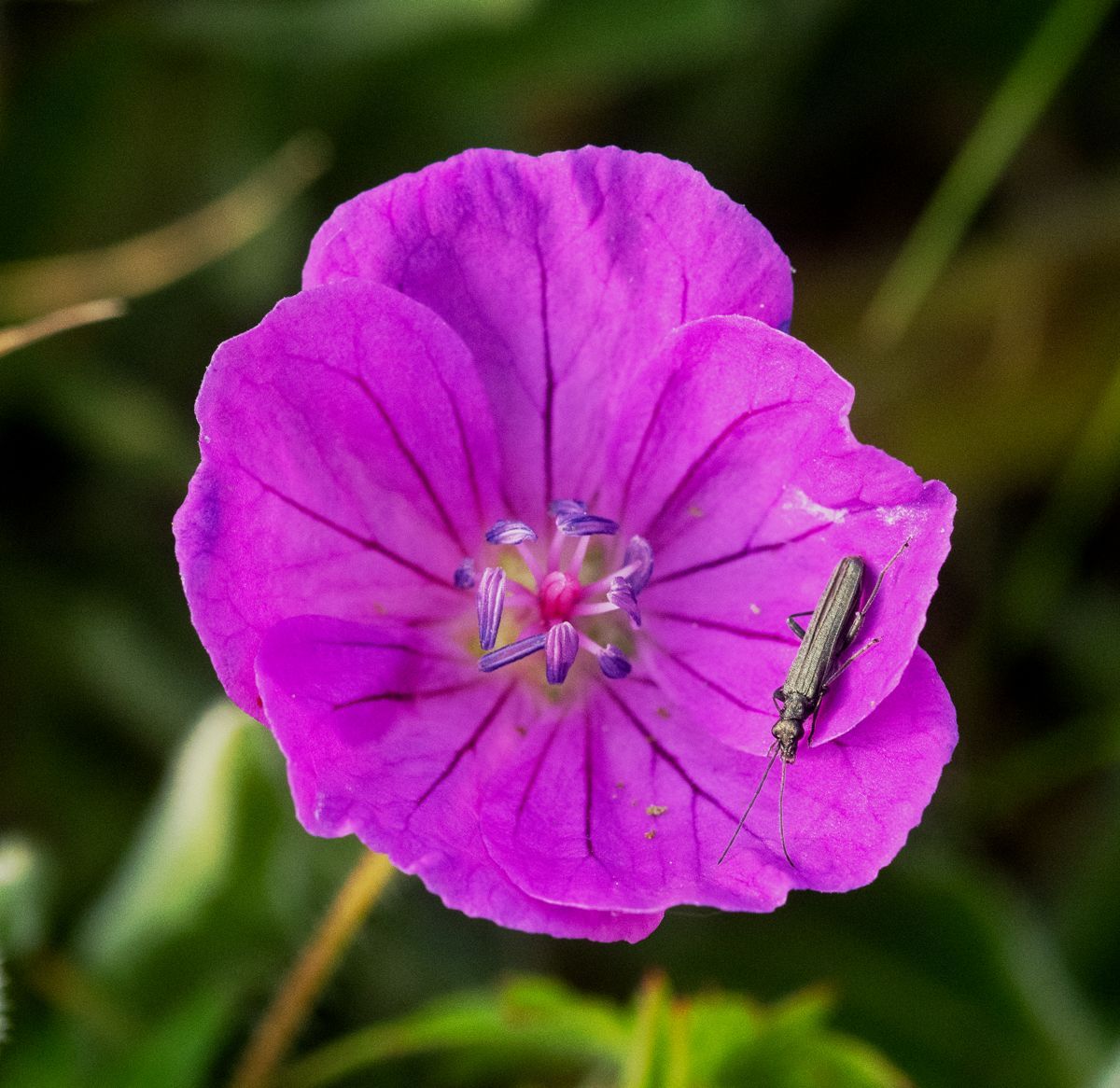
At our meeting last night members gave a series of mini lectures with 3 members showing images from the club outings to Red Hill, and Rimac. The meeting was completed by Richard Hildred showing some of his early slides. One of the principles of our Society is that we feature workshops, and outings into our annual programme, because the best way to learn photography is to work with other photographers to understand aperture, shutter speed, and ISO. In June at the Red Hill nature reserve the idea was to capture some macro images of the local insect life, and the orchids at this location. Laying, or kneeling in the grass to get close to the insects, or flowers, our members would begin to understand depth of field with using different apertures, each photographer will have his own method of achieving optimum exposure, and sharpness. Personally I tend to use aperture priority mode (A or Av on the mode dial), auto focus, and “rock” gently back and forwards to gain the focus on the subject. At Rimac, members had a lot more latitude to photograph some bird-life, or landscapes. These are some sample images from the Red Hill, and Rimac nature reserves.
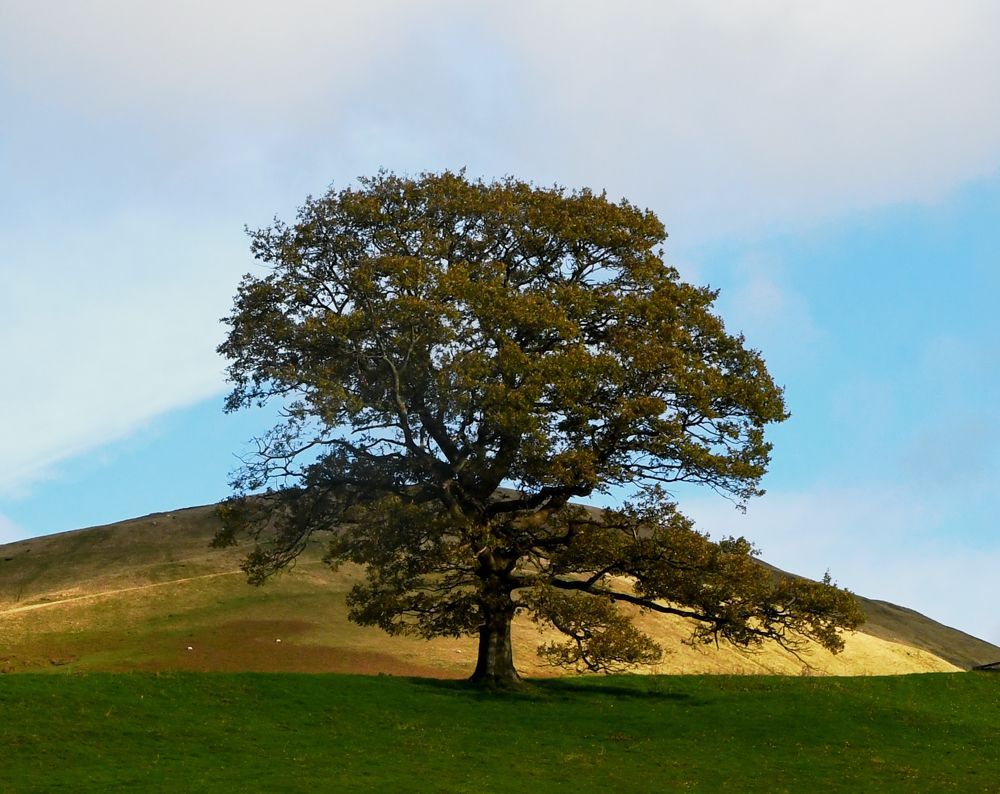
Good Morning All A few more photographs from Sedbergh. Sedbergh has a tree that stands out, not quite as Sycamore gap was but on top of a hill with Crook Fell behind it. I did walk to the top of Crook Fell, got a bit wet but a dramatic sky. Last week at the club we had an excellent presentation from Mike Bennett LRPS DPAGB EFIAP BPE3* Mike showed us some of his latest photographs and as Derek's blog says, the sharpness and exposure accuracy of Mike's photographs was second to none. There is a full report on our blog. This week, Wednesday 12th November, we are holding a mini lecture night, camera club outings that we went to this year, which was Rimac and Red Hill. We have four members taking part plus Richard Hildred has offered to show us some more older transparencies. The four are Myself, Dave Turner, Chris and Paul Twomey. Don't forget to send your PDI of the year entries to Harry by midnight Wednesday (12th) Regards Graham
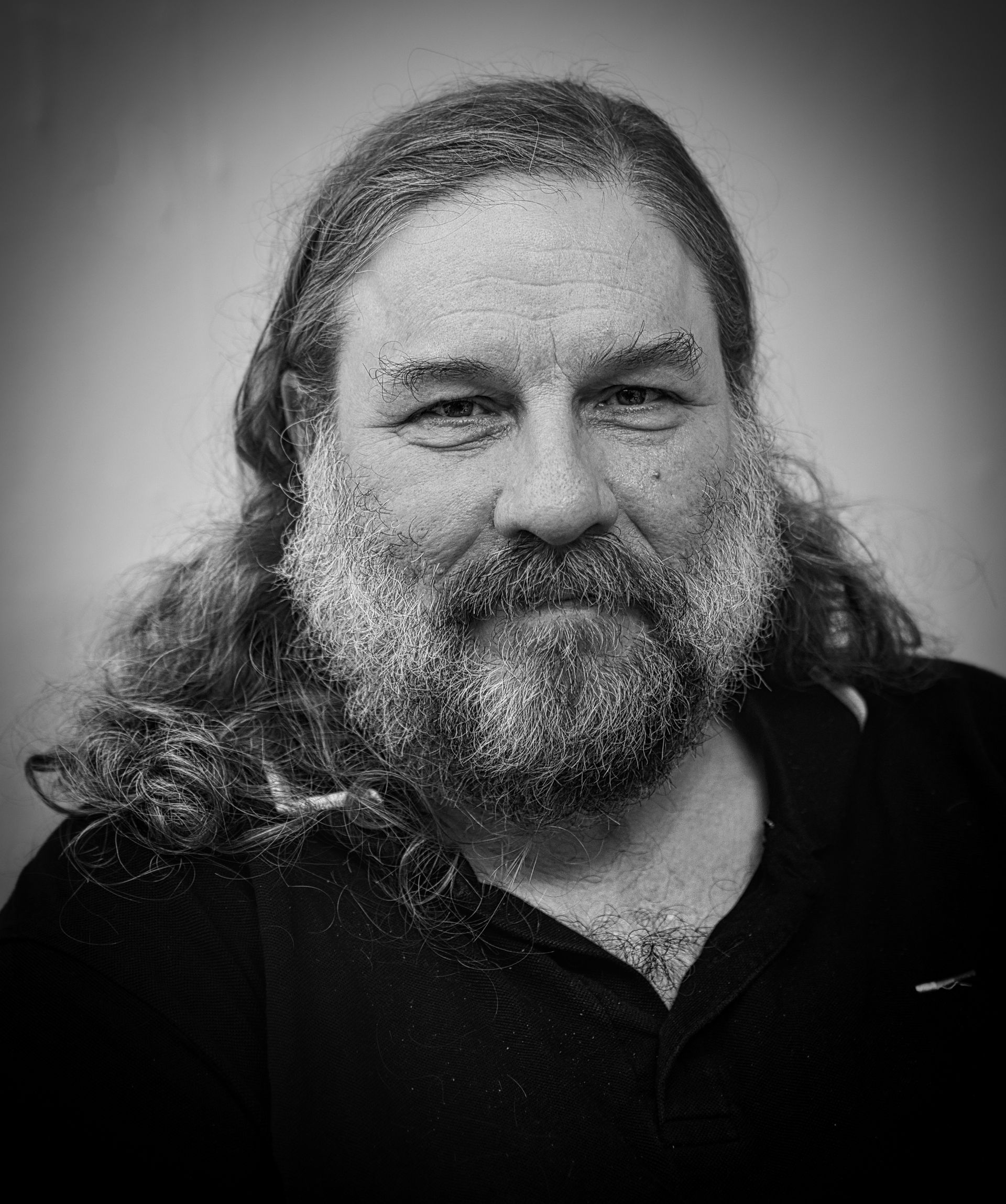
Our speaker last night was the highly talented Mike Bennett, he presented the club with some amazing photographs. For the first half of the presentation he showed many portraits, with the backgrounds skilfully changed, and several composited images. Included in this first half were many travel photos from Serbia, many of the buildings showing the scars of the civil war, photos from Budapest, and Austria. His wildlife photos of pelicans taken at Lake Kerkini in northern Greece were amazing, even though the weather wasn’t all that favourable, and that completed the first half of the evening. After the break, Mike showed us his wildlife photos from the game reserve in Eswatini, (bordering South Africa). The bird photos were very sharp, many of the species such as the Rollers, Vultures, and Ibis are only to be seen in Africa, Mike explained the four “F’s” of bird photography, Flying, Fighting, Feeding, and … yes you’ve guessed it being Friendly. Various other animals were shown, lions, crocodiles, rhino, elephants impala, and warthogs. It was interesting to see the extreme close-up photographs of the rhino, and elephants, as Mike explained those animals are big grey lumps, and sometimes a more interesting photo can be an extreme close-up detailing the skin texture. Mike related how their safari vehicle became held up by a herd of elephants on the track ahead, then a big bull elephant passed behind the vehicle close enough to touch, but of course the group of photographers had to sit absolutely still, until the herd of elephants passed. I was most struck by the photos of the cheetahs, with the photographers walking amongst them!! my favourite from this set was of the cheetah walking up the track pictured on a rise against the sky. The editing, sharpness, and colours from Mike’s photographs was very impressive, it was an extremely good presentation, many thanks Mike.

Good Morning All We have just got back from a week staying at Sedbergh, Cumbria. We had varied weather but not too much rain and some really good light for taking photographs. There is no shortage of water up there the rivers and waterfalls are flowing well. Last week at the club Harry Kerman gave a talk on one of his favourite subjects, flowers. I was not there but going by the blog Harry demonstrated how he goes about taking his photographs with some stunning photographs to show what can be done. This week, Wednesday 5th November, Mike Bennett from Cleethorpes will be our speaker, Mike likes to tell a story with his photographs and seeing some of his talks before it will be an excellent evening. Today, (Sunday) it is the LPA PDI club competition at Nettleham village hall near Lincoln. 1.30 pm for 2pm start. If you have nothing on this afternoon why not go along and see how we get on. The week after (12th November) we hold a series of mini lectures, with this year's club outings as the topic. If you would like to take part, email me please and I will see how many members want to take part. Harry is also taking entries for this year's PDI of the year, all the rules are on our website but any image that has not been in a PDI of the year before and there are six subjects with a maximum of six photographs in all. Closing date is 12th November. Regards Graham
